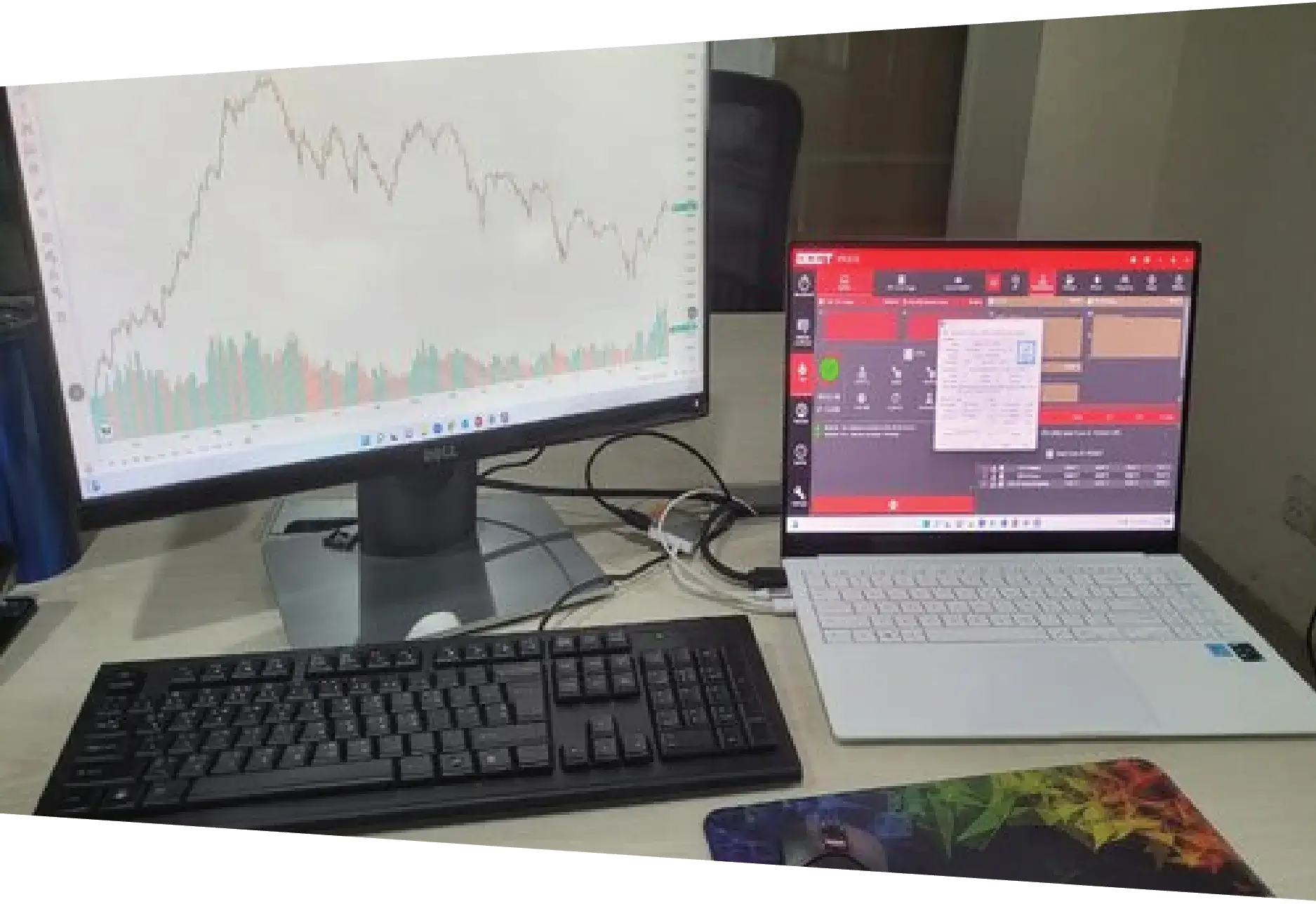

Separately Managed Accounts details
Separately Managed Accounts (SMA) are tailored to the parameters agreed by the investor and the asset manager. Therefore, unlike mutual funds, such investments are not pooled. This structure allows a higher level of control for the investor, including customization of the fee and portfolio structures.





